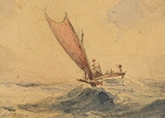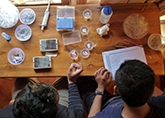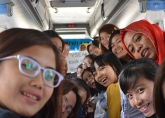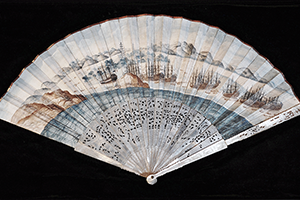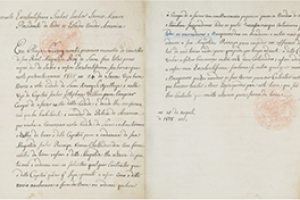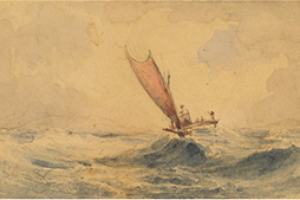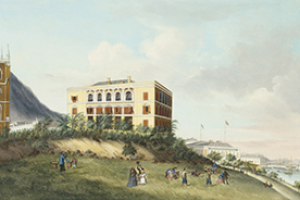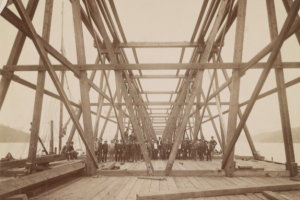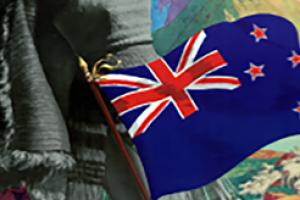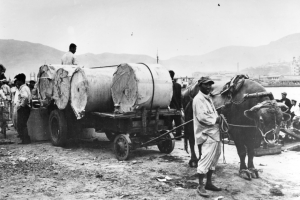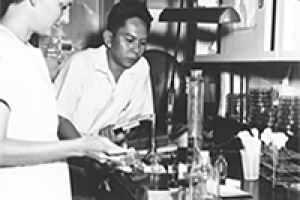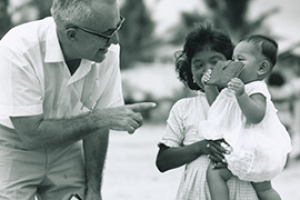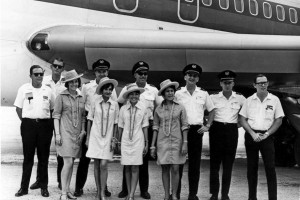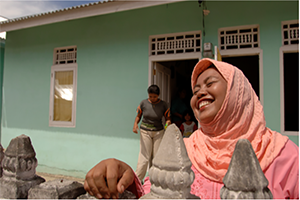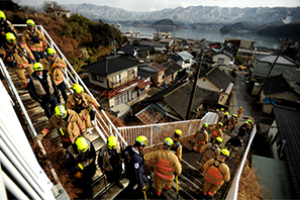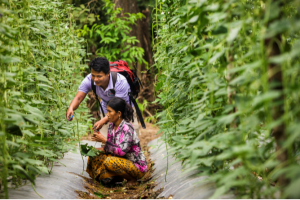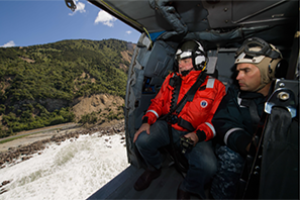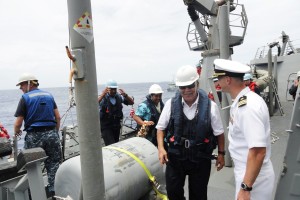All Aboard
With its successful bid for independence in 1783, the United States looked to Asia and the Pacific for fresh economic opportunities. The earliest treaties in the region were commercial access agreements signed with the Great Manchu Qing Empire, the Kingdom of Siam, and the Empire of Japan. U.S. merchants brought American goods such as muskets, ginseng, and cotton to the region in exchange for sugar, silk, and tea. In turn, open ports led to the establishment of U.S. embassies and consulates, along with the appointment of diplomatic envoys and ambassadors. In many cases, business partners became allies.
Over the course of the following 230 years, these partnerships between the United States and Asian-Pacific nations have expanded to include technology and manufacturing, and these relationships and human connections have grown closer as a result. In a region visited by natural disasters that include typhoons, earthquakes, and flooding, the United States provides assistance through private donations and official relief efforts such as Operation Tomodachi (Friends), the U.S. military’s response to the 2011 earthquake and tsunami that devastated Eastern Japan. Likewise, these allies have supported Americans in their times of need, following Hurricane Katrina and, more recently, in battling the wildfires that have ravaged California.
